The Marrow Thieves, written by Cherie Dimaline, is a haunting dystopian novel set in a post-apocalyptic world ravaged by global warming. The story follows Frenchie, a young Indigenous boy, and his companions as they navigate a harsh reality where Indigenous peoples are hunted for their bone marrow, which holds the key to restoring lost dreams. This gripping tale explores themes of survival, cultural resilience, and resistance, offering a powerful commentary on environmental degradation and the importance of preserving Indigenous traditions.
Overview of the Novel
The Marrow Thieves by Cherie Dimaline is a dystopian novel set in a post-apocalyptic world devastated by global warming. The story revolves around Indigenous peoples being hunted for their bone marrow, which holds the power to restore the ability to dream—a gift lost to the rest of humanity. Frenchie, a young Indigenous protagonist, and his companions embark on a perilous journey to the Old Lands, seeking refuge and survival. The novel explores themes of resilience, cultural identity, and hope, weaving together elements of survival, resistance, and the enduring power of storytelling in the face of oppression and environmental collapse.
Author Background: Cherie Dimaline
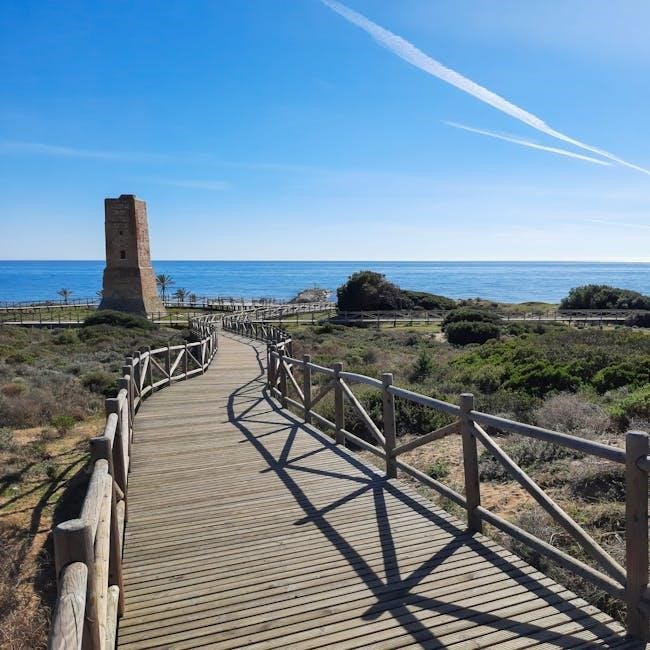
Cherie Dimaline, a Métis author and educator, gained widespread acclaim for her novel The Marrow Thieves, which won the Governor General’s Literary Award in 2017. Born in Canada, Dimaline draws heavily from her Indigenous heritage and experiences, infusing her writing with rich cultural insights. Before becoming a full-time writer, she worked in education and Indigenous advocacy. The Marrow Thieves is her most celebrated work, blending dystopian fiction with themes of survival, identity, and resilience. Her writing has been praised for its powerful storytelling and its ability to address historical and contemporary Indigenous issues with sensitivity and depth.
Setting: A Post-Apocalyptic World
The Marrow Thieves unfolds in a dystopian future where global warming has devastated the planet, leaving behind a barren, desolate world. The environment is harsh, with scarce resources and a fractured society. The once-blue skies are now a hazy gray, and the air is thick with the remnants of ecological collapse. In this bleak landscape, the Indigenous people are hunted by oppressive forces seeking their bone marrow, which holds the key to restoring lost dreams. The novel vividly contrasts the ruins of modern civilization with the enduring richness of Indigenous traditions, emphasizing the struggle to preserve cultural identity in a world on the brink of collapse.

Plot Summary
The Marrow Thieves follows Frenchie, a 15-year-old Indigenous boy, and his companions as they navigate a post-apocalyptic world where bone marrow is stolen to restore lost dreams. They struggle to survive, evade ruthless recruiters, and reach the Old Lands, all while uncovering a secret that could change their fate.
Key Characters: Frenchie and His Companions
Frenchie, a young Indigenous boy, is the protagonist of The Marrow Thieves. He leads a group of survivors, including Minerva, a wise and fearless leader, and Wab, a traditional healer. Together, they navigate a treacherous world, evading recruiters who hunt Indigenous people for their bone marrow. Frenchie’s journey is one of growth, as he learns to trust others and find hope in a hopeless world. Each companion brings unique strengths, fostering a sense of family and resilience. Their bond is central to the story, highlighting the importance of unity and cultural identity in the face of oppression and survival.
The Hunt for Indigenous Bone Marrow
In a world ravaged by environmental collapse, Indigenous peoples are relentlessly pursued for their bone marrow, which holds the key to restoring humanity’s lost ability to dream. Recruiters, acting on behalf of oppressive forces, hunt down and harvest marrow from Indigenous individuals, often leading to fatal consequences. This brutal practice is justified by the belief that Indigenous peoples possess a genetic resilience that allows them to retain the power of dreaming. The hunt driving the plot of The Marrow Thieves, it underscores themes of exploitation, cultural erasure, and the commodification of Indigenous bodies, while highlighting their resilience and strength in the face of oppression.
The Journey to the Old Lands
Frenchie and his companions embark on a perilous journey to the Old Lands, a sanctuary where Indigenous traditions and safety may still exist. Driven by hope and necessity, they navigate a treacherous landscape, evading recruiters who seek to harvest their marrow. The Old Lands symbolize a return to their ancestral roots and a chance to preserve their cultural identity. Along the way, they face numerous challenges, from harsh environments to internal conflicts, but their shared goal of reaching the Old Lands unites them. This journey underscores their resilience and determination to survive in a world determined to erase their existence and culture.
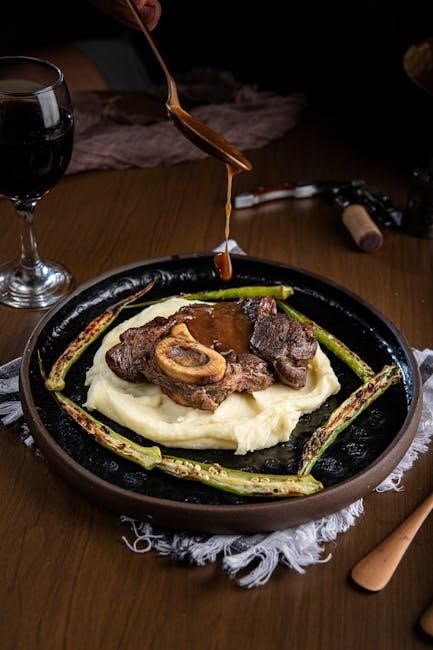
Key Themes in “The Marrow Thieves”
Survival, cultural preservation, and Indigenous identity are central themes, set against a backdrop of environmental collapse and oppression. The novel highlights resilience, hope, and the power of storytelling.
Survival in a Harsh Environment
In a world ravaged by global warming, survival is a daily struggle for Frenchie and his companions. The harsh environment forces them to navigate scarce resources, dangerous landscapes, and relentless pursuers. The novel vividly portrays the physical and emotional toll of living in a post-apocalyptic world, where every decision is a fight for life. The characters must remain hidden, scavenging for food and shelter while evading the marrow thieves who hunt them. Survival becomes not just a physical act but also a mental and emotional one, as they cling to hope and the bonds of community in the face of unimaginable adversity.
Cultural Preservation and Indigenous Identity
Cultural preservation is a cornerstone of Indigenous identity in The Marrow Thieves. Despite the apocalyptic backdrop, the novel highlights the resilience of Indigenous traditions, language, and knowledge. Characters like Minerva and Wab embody the importance of cultural continuity, using storytelling to pass down histories and teachings. The marrow, which holds the power of dreams, symbolizes the deep connection Indigenous peoples have with their heritage. The novel underscores the struggle to protect cultural identity in a world that seeks to erase it, emphasizing the vital role of elders and community in preserving traditions for future generations.
The Importance of Dreams and Storytelling
Dreams and storytelling are central to the survival and identity of Indigenous characters in The Marrow Thieves. In a world where dreaming has been lost, the marrow of Indigenous peoples holds the key to restoring this vital human experience. Storytelling becomes a lifeline, preserving history, culture, and hope. Characters like Minerva and Wab use stories to teach, heal, and inspire, keeping their traditions alive. The novel shows how narratives sustain resilience and resistance, offering a way to reclaim and celebrate Indigenous identity in the face of oppression. By emphasizing the power of storytelling, Dimaline highlights its role in cultural survival and collective memory.
Environmental Degradation and Global Warming
The Marrow Thieves portrays a post-apocalyptic world devastated by global warming, where environmental collapse has led to societal breakdown. The novel highlights the consequences of humanity’s disregard for the planet, as rising temperatures and ecological destruction create a barren, dangerous landscape. The loss of dreaming, a symptom of this environmental catastrophe, symbolizes the spiritual and emotional toll of a dying world. Indigenous peoples, who hold the key to restoring dreams through their marrow, are hunted, underscoring the exploitation of nature and marginalized communities. The novel serves as a warning, urging readers to reflect on the interconnectedness of environmental health and human survival.
Resistance and Hope in a Dystopian Future
The Marrow Thieves weaves a narrative of resistance and hope amidst a dystopian backdrop. Frenchie and his companions embody resilience, refusing to surrender to the oppressive forces exploiting Indigenous marrow. Their journey to the Old Lands symbolizes a quest for safety and cultural preservation. Despite the bleakness, the novel offers hope through the power of storytelling and the enduring strength of Indigenous traditions. The characters’ determination to protect their heritage and restore lost abilities highlights the possibility of reclaiming a future where hope and resilience triumph over despair.
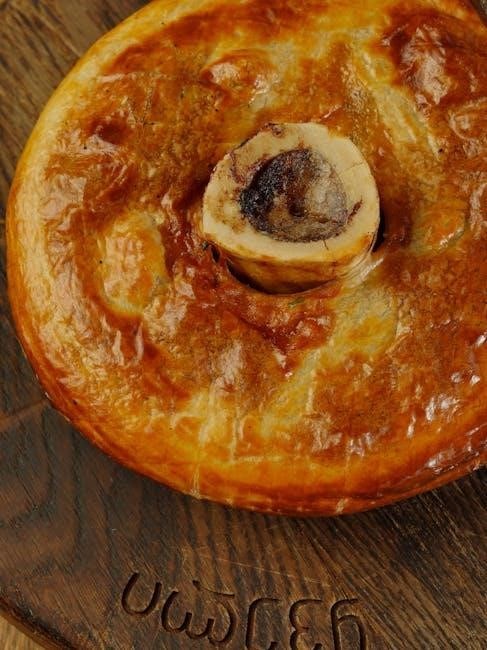
Literary Devices and Style
The Marrow Thieves employs vivid imagery and symbolism, with bone marrow representing cultural heritage and lost dreams. Dimaline’s lyrical prose and shifting perspectives enrich the narrative depth.
Use of Symbolism: Bone Marrow and Dreams
Bone marrow in The Marrow Thieves symbolizes cultural heritage and identity, as it holds the power to restore lost dreams. Dreams, in turn, represent hope, imagination, and the essence of humanity. The novel contrasts the Indigenous characters, who retain their dreaming ability through their marrow, with the non-Indigenous population, who have lost this capacity due to environmental and moral decay. This symbolism underscores the theme of cultural preservation and the resilience of Indigenous traditions. The marrow also serves as a metaphor for the exploitation of Indigenous peoples, highlighting historical injustices and the commodification of their heritage.
Narrative Structure: Multiple Perspectives
The novel employs a non-linear narrative structure, weaving together multiple perspectives to create a rich, layered story. Frenchie’s journey is interwoven with the stories of his companions, such as Minerva and Wab, each offering unique insights into their experiences and motivations. The narrative shifts between past and present, using flashbacks to reveal the characters’ histories and the events that shaped their world. This structure not only builds suspense but also highlights the collective nature of their struggle. By presenting diverse viewpoints, Dimaline emphasizes the shared humanity of her characters, fostering a deeper connection with readers and underscoring the themes of resilience and unity.
Language and Imagery in the Novel
The novel’s language is poetic yet stark, with vivid imagery that immerses readers in its dystopian world. Dimaline’s descriptions of the post-apocalyptic landscape are both haunting and evocative, contrasting the beauty of Indigenous storytelling with the brutal reality of survival. The imagery of bone marrow as a stolen resource underscores the themes of exploitation and resilience. The author’s use of nature imagery, such as stars “ripping through the dark like silver needles,” creates a sense of wonder amidst despair. This duality in language reflects the characters’ struggles and hopes, making the narrative both emotionally charged and thought-provoking.

Educational Resources and Workbooks
Educational resources include a 37-page PDF workbook with pre-reading activities, sectioned study guides, and an answer key. A unit bundle offers vocabulary lists and interactive tasks.
The Marrow Thieves Student Workbook
The Marrow Thieves Student Workbook is a 37-page PDF designed to complement the novel study. It includes pre-reading activities, study guides divided into six sections, and an answer guide for worksheets. The workbook aligns with the Think-Teach-Learn approach, offering vocabulary lists, literary device lessons, and reading activities. It provides a structured yet flexible framework for students to engage deeply with the text, fostering critical thinking and interpretation. Rated 4.7/5 by educators, it is a popular resource for teaching Cherie Dimaline’s novel, though some users noted minor technical issues with page formatting. It is a valuable tool for classroom use.
Pre-Reading Activities
The Marrow Thieves Student Workbook includes engaging pre-reading activities to prepare students for the novel. These activities encourage students to explore the historical and cultural context of Indigenous peoples in North America, as well as the environmental themes central to the story. Students are prompted to reflect on the importance of dreams and storytelling in their own lives, fostering a deeper connection to the narrative. The workbook also includes a KWL (Know, Want to Know, Learned) chart and discussion questions to spark curiosity and set the stage for the dystopian world Frenchie and his companions inhabit.
Novel Divided into Sections for Study
The Marrow Thieves Student Workbook organizes the novel into six distinct sections for structured analysis. Each section focuses on key events, character development, and thematic elements, allowing students to engage deeply with the text. This division enables teachers to guide students through Frenchie’s journey, exploring his growth and the group’s struggles. Activities within each section promote critical thinking and comprehension, helping students connect the narrative to broader themes like environmental degradation and cultural identity. This structured approach ensures a thorough understanding of the novel’s complex layers and encourages meaningful discussions in the classroom.
Answer Guide for Worksheets
The Marrow Thieves Student Workbook includes an answer guide to assist educators in assessing student responses. While many questions have clear answers, the guide acknowledges that literature interpretations may vary. It provides suggested responses to comprehension questions, vocabulary exercises, and literary device analyses. This resource supports teachers in evaluating student understanding while allowing for creative and subjective interpretations. The answer guide is particularly helpful for activities that encourage critical thinking, ensuring educators can provide constructive feedback. It complements the novel’s complex themes and facilitates deeper engagement with the text, making it an invaluable tool for teaching The Marrow Thieves.
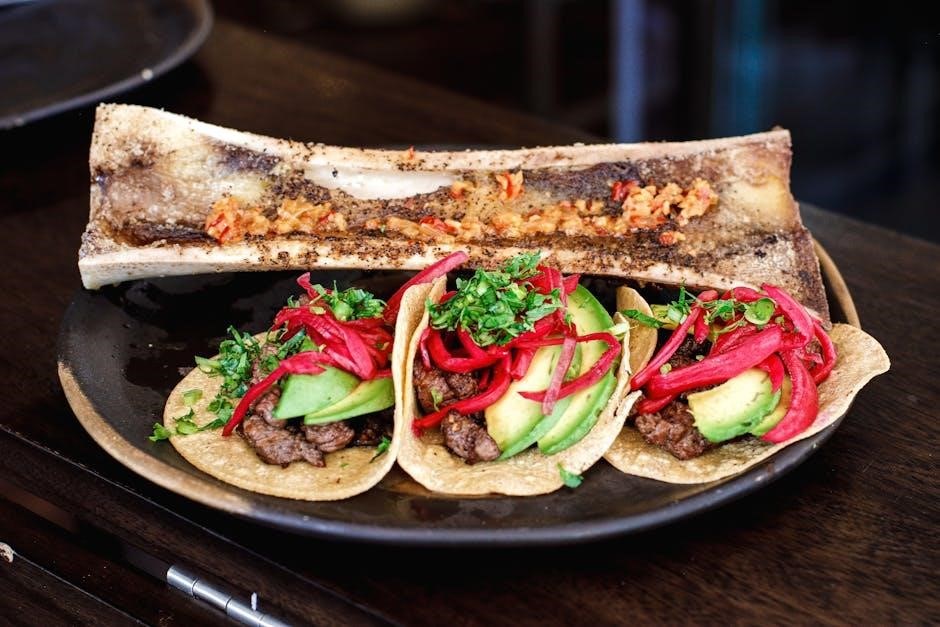
Teaching Units and Assessments
The Marrow Thieves unit bundle offers a comprehensive 6-week study, including a student workbook, assessments, vocabulary lists, and reading activities. It aligns with the Think-Teach-Learn approach.
Think-Teach-Learn Novel Study Approach
The Think-Teach-Learn approach for The Marrow Thieves encourages active engagement and critical thinking. It includes weekly activities such as vocabulary building, literary device lessons, and reading assessments. This method fosters a deeper understanding of the novel’s themes, like survival and cultural preservation. By integrating pre-reading activities and dividing the novel into sections, students can analyze characters and plot development systematically. The approach also emphasizes the importance of storytelling in Indigenous cultures, aligning with the novel’s core messages. This structured yet flexible method supports educators in creating a meaningful and impactful learning experience for their students.
Vocabulary Lists and Activities
The Marrow Thieves unit includes comprehensive vocabulary lists tailored to the novel’s themes and language. Activities focus on defining and contextualizing key terms, such as “oneirology” and “resilience,” to enhance comprehension. Students engage with word meanings through exercises like synonym matching, sentence creation, and discussions. These activities not only improve literacy skills but also deepen understanding of the novel’s complex themes, such as cultural preservation and environmental degradation. The workbook provides structured support, ensuring students grasp the nuances of Dimaline’s language and its relevance to the story’s dystopian setting. This focus on vocabulary enriches the overall learning experience.
Literary Device Lessons
The Marrow Thieves unit explores Cherie Dimaline’s use of powerful literary devices, such as symbolism and imagery, to convey themes of survival and cultural resilience. Bone marrow serves as a potent symbol, representing the theft of Indigenous identity and the loss of cultural heritage. The novel’s vivid imagery paints a stark picture of a post-apocalyptic world, emphasizing environmental degradation. Lessons also analyze the narrative structure, which weaves multiple perspectives to highlight collective trauma and hope. These activities encourage students to critically interpret the text, understanding how literary devices enhance the story’s emotional and thematic impact. This fosters deeper engagement with the novel.
Reading Activities and Assessments
The Marrow Thieves unit includes engaging reading activities designed to deepen students’ understanding of the novel. Weekly reading logs encourage reflection on key chapters, while guided reading questions prompt critical analysis of themes and characters. Assessments include quizzes to check comprehension and essays that explore the novel’s broader implications. The workbook also features creative tasks, such as journal entries from characters’ perspectives, fostering empathy and analytical thinking. An answer guide supports educators in evaluating student work, ensuring a comprehensive approach to teaching and learning. These activities promote active engagement with the text, helping students connect its themes to real-world issues.
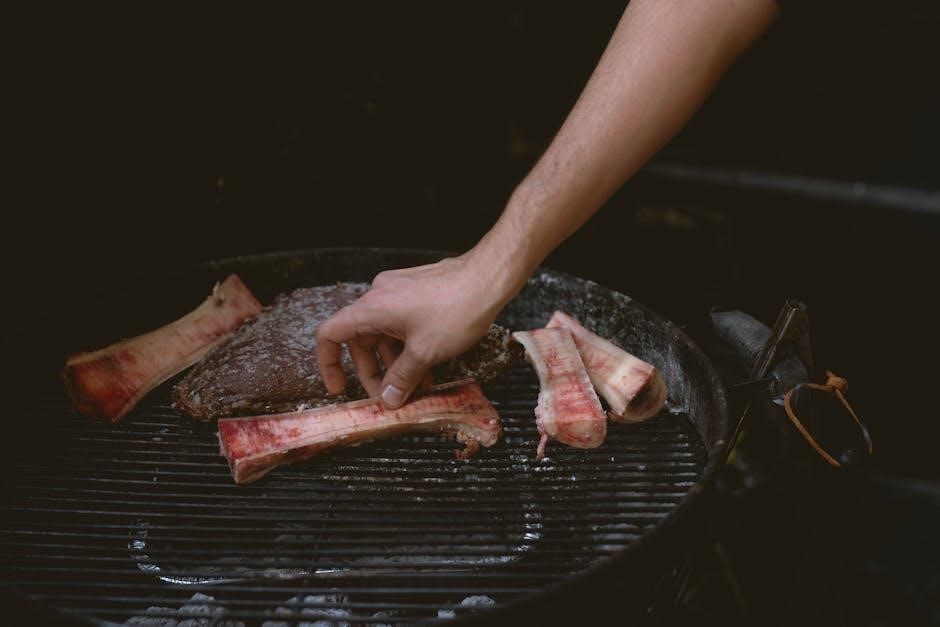
Character Analysis
Focusing on Frenchie’s journey, Minerva’s leadership, and Wab’s wisdom, this section delves into the characters’ growth, highlighting their resilience and roles in preserving Indigenous traditions amidst adversity.
Frenchie: The Protagonist’s Journey
Frenchie, a young Indigenous boy, embodies resilience and determination in a world shattered by environmental collapse. His journey from vulnerability to leadership underscores his growth as he navigates a treacherous world. Driven by the desire to protect his companions and uncover the truth about his past, Frenchie confronts loss, guilt, and the harsh realities of survival. His connection to his Indigenous heritage becomes a source of strength, guiding him through the darkness. Through his experiences, Frenchie learns the value of community, storytelling, and the unbreakable bonds forged in adversity, ultimately emerging as a symbol of hope in a desperate world.
Minerva: Leadership and Wisdom
Minerva emerges as a pivotal figure, embodying leadership and wisdom in the harsh world of The Marrow Thieves. Her guidance and strength are crucial to the group’s survival, as she navigates the challenges of a post-apocalyptic reality. Minerva’s wisdom is rooted in her deep understanding of the world and its history, making her a source of knowledge and solace for Frenchie and the others. Her leadership is marked by compassion and resilience, as she works to keep the group united and focused on their journey to the Old Lands. Minerva’s character highlights the importance of wisdom in times of crisis and her ability to inspire hope amidst despair.
Wab: The Role of Tradition and Knowledge
Wab, an elder in the group, plays a vital role in preserving Indigenous traditions and knowledge. Through storytelling, he shares the history and teachings of his people, ensuring their cultural heritage endures despite the apocalyptic backdrop. Wab’s wisdom guides the group, offering a connection to their past and a sense of identity in a world torn apart by environmental disaster. His knowledge becomes a source of strength, helping the characters navigate their harsh reality and resist the forces seeking to erase their culture. Wab’s presence underscores the importance of tradition in fostering resilience and hope for the future. His stories are a lifeline, keeping their history alive.
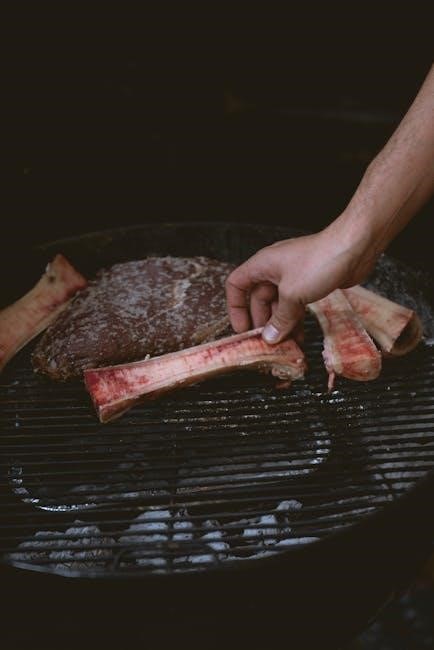
Cultural and Historical Context
The Marrow Thieves reflects the rich cultural heritage and historical struggles of Indigenous peoples, emphasizing resilience and the fight to preserve traditions in a world facing environmental collapse.
Indigenous Peoples in North America
Indigenous peoples in North America have faced centuries of colonization, displacement, and cultural suppression; The Marrow Thieves reflects this history, portraying Indigenous communities as resilient and resourceful in the face of oppression. The novel highlights the historical trauma inflicted upon Indigenous peoples while celebrating their strength and ability to preserve traditions. Through its characters, the story emphasizes the importance of cultural identity and the role of storytelling in passing down history and wisdom. This context underscores the novel’s themes of survival, resistance, and the fight to maintain Indigenous heritage in a world determined to erase it.
Historical Trauma and Resilience
The Marrow Thieves sheds light on the historical trauma faced by Indigenous peoples, reflecting real-world events like residential schools and forced assimilation. The novel portrays this trauma through its characters’ struggles, emphasizing the intergenerational pain and loss of culture. Yet, it also celebrates resilience, as Indigenous characters find strength in their traditions and storytelling. The story highlights how these communities endure oppression by preserving their identities and resisting cultural erasure. Through Frenchie and his companions, the novel illustrates the power of resilience, turning historical trauma into a source of hope and survival in a dystopian world.
The Significance of Storytelling in Indigenous Cultures
Storytelling is a cornerstone of Indigenous cultures, serving as a vital means of preserving history, traditions, and cultural identity. In The Marrow Thieves, stories are not just entertainment but a survival tool, passing down knowledge and wisdom through generations. The novel highlights how storytelling sustains hope and resilience, especially in the face of oppression. By sharing stories, characters like Frenchie and Minerva keep their heritage alive, resisting cultural erasure. This mirrors the real-world importance of storytelling in Indigenous communities, where oral traditions have long been essential for cultural continuity and collective memory.
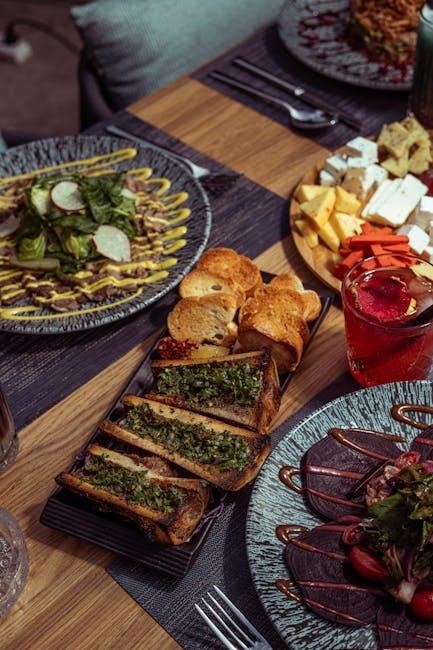
The Marrow Thieves is a powerful and haunting novel that underscores the resilience of Indigenous cultures and the importance of hope in a dystopian world. Its themes of survival, cultural preservation, and resistance resonate deeply, offering a poignant reflection on humanity’s relationship with the environment and each other. The story leaves readers contemplating the consequences of global warming and the enduring strength of Indigenous traditions, making it a compelling and thought-provoking read.
Impact of the Novel on Readers
The Marrow Thieves leaves a profound impact on readers by highlighting the importance of cultural preservation and resilience. Its vivid portrayal of a dystopian world ravaged by global warming resonates deeply, urging readers to reflect on environmental stewardship. The novel fosters empathy through its exploration of Indigenous struggles and the universal human need for hope. By blending haunting imagery with a compelling narrative, it challenges readers to confront the consequences of neglecting both the planet and its diverse cultures. Ultimately, the story lingers in the mind, inspiring a deeper appreciation for storytelling and the strength of Indigenous traditions in the face of adversity.
Relevance of the Story in Today’s World
The Marrow Thieves serves as a cautionary tale, reflecting contemporary concerns about environmental degradation and the erasure of Indigenous cultures. Its depiction of a world devastated by global warming mirrors current anxieties about climate change. The novel underscores the universal human struggle to preserve identity and hope in the face of oppression. By highlighting the resilience of Indigenous peoples, it challenges readers to confront historical injustices and appreciate the richness of diverse cultures. The story’s themes of survival, resistance, and the power of storytelling resonate deeply, making it a timely and thought-provoking read in today’s increasingly uncertain world.